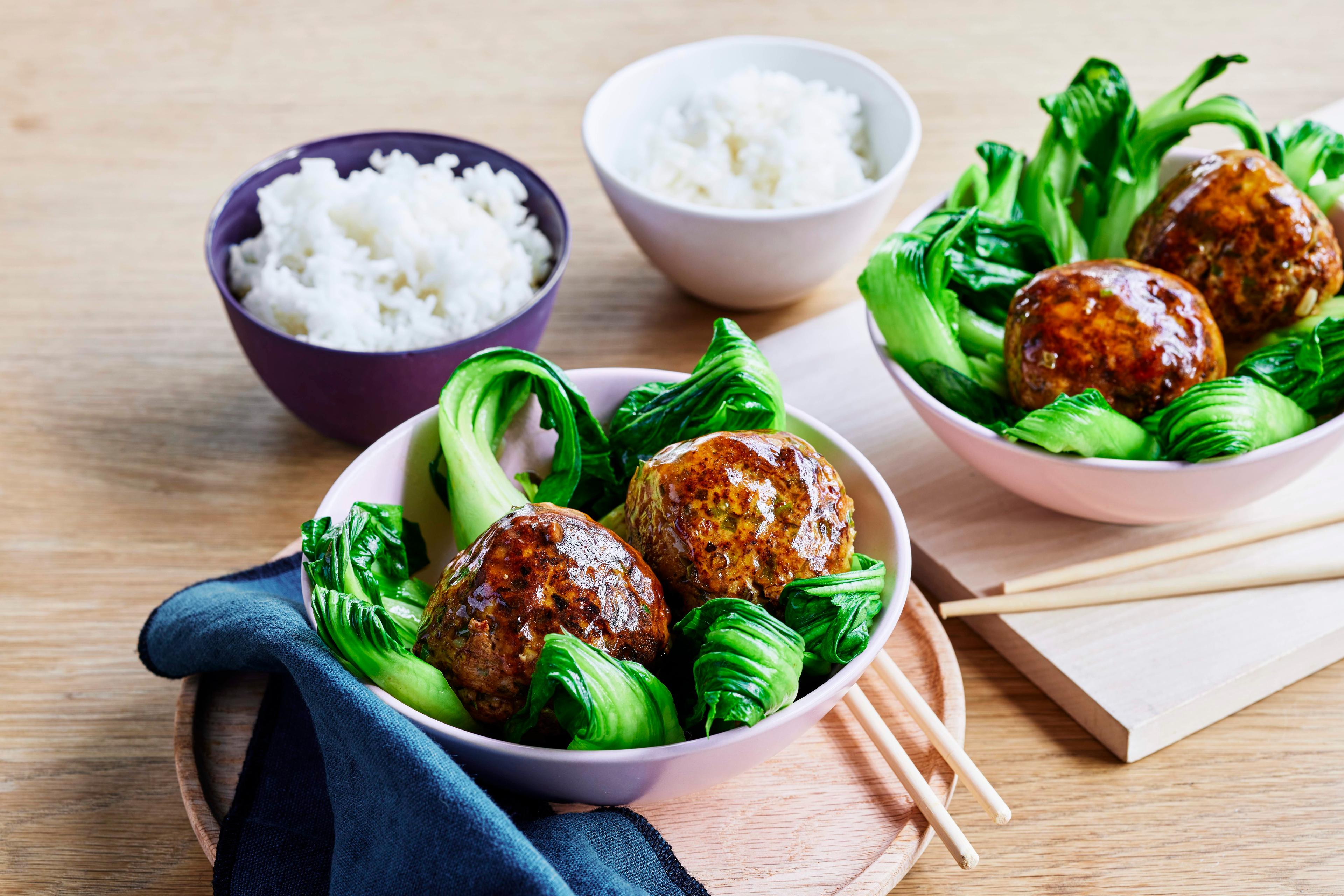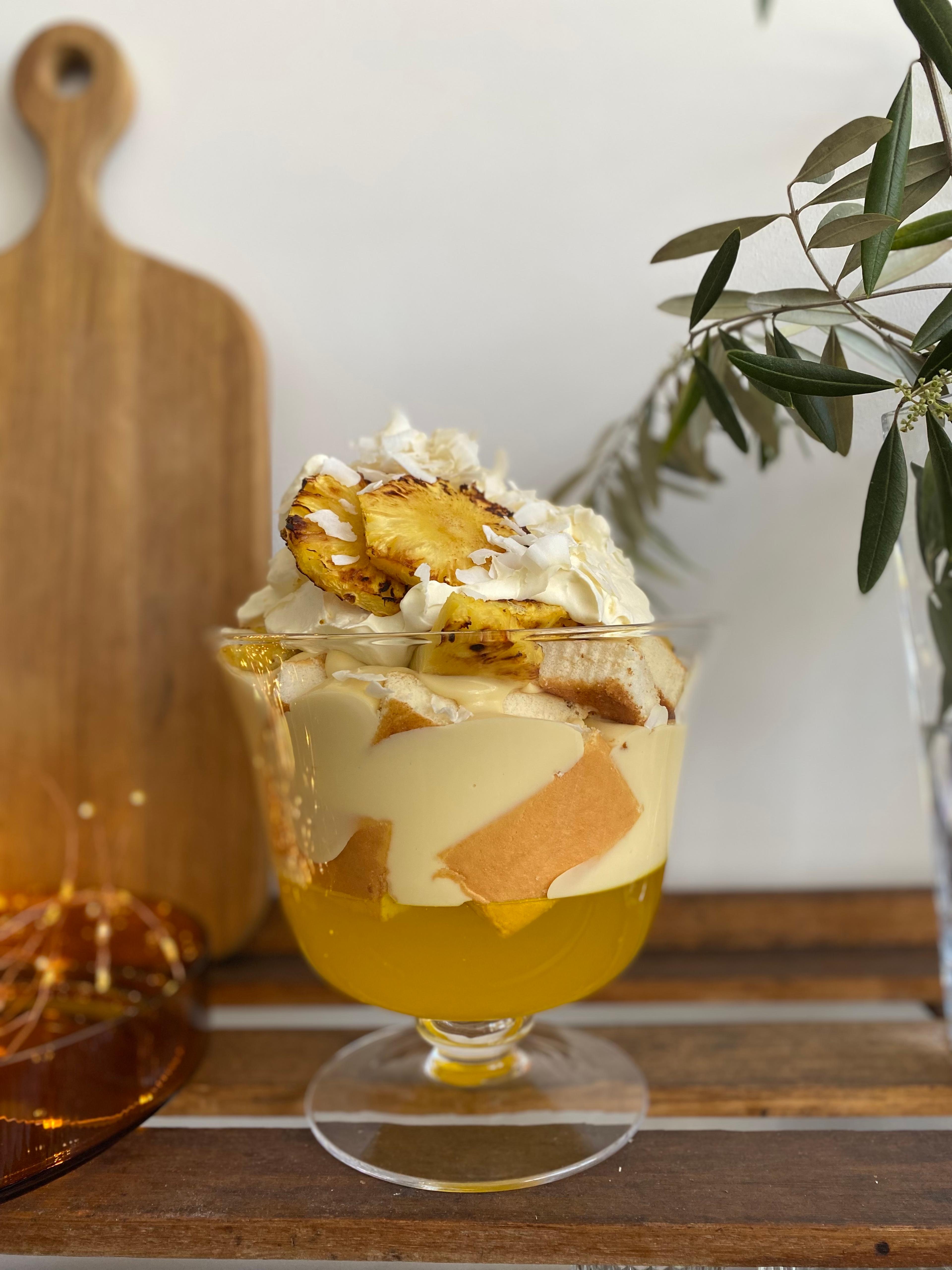
When you know, you know. Or, perhaps, you don’t? Sometimes we fling about cooking terminology willy-nilly and everyone’s so used to hearing it, we all assume we know precisely what these things mean. But what if you’ve been labouring under a misinterpretation of the instructions and have been doing it wrong this whole time?! Gulp.
What we mean when we say…
When you know, you know. Or, perhaps, you don’t? Sometimes we fling about cooking terminology willy-nilly and everyone’s so used to hearing it, we all assume we know precisely what these things mean. But what if you’ve been labouring under a misinterpretation of the instructions and have been doing it wrong this whole time?! Gulp.
If you find things never seem to work out quite as they ought to, maybe it’s time for a refresher of the bare-boned basics. Because while some techniques are just about preferences or styling, others have a fundamental impact on the flavour or texture of a dish. It sure pays off to know your simmering from your rapid boil, so take a look at these common culinary phrases and what they actually mean.
We say: ‘crush garlic’
What to do: No, you don’t crush the garlic with your hand, that’s going to wind up in some sort of carpal tunnel situation. And don’t use the back of a knife, either. Go directly to your utensil drawer and pull out your garlic crusher. Peel the skin from the cloves and pop them in to crush. Alternatively, you can use a microplane to do this. If you don’t have either piece of equipment, unleash your knife skills to finely chop.
We say: ‘until potatoes are tender’
What to do: Grab yourself a metal skewer and pierce the centre of the potato, if the skewer goes in easily, the potato is ready. What you don’t want is a mushy situation, because this is going to cause chaos with the texture of the dish. If you don’t have a metal skewer, use the tip of a small knife.
We say: ‘shred the lettuce and/or other vegetables’
What to do: Nope, you’re not tearing the leaves with your bare hands. C’mon, we’re not barbarians. Instead, use a large chef’s knife to carefully and thinly slice the nominated vegetable. Remember to fold your fingertips under your knuckles on the guiding hand to make sure you don’t chop them.
We say: ‘simmer’
What to do: A simmer is not a rapid boil and a rapid boil is not a simmer. Simmering is far gentler to boiling and is done over a lower heat. Ultimately, the goal with simmering is to infuse more flavour into the dish. When you simmer, the liquid will let off steam and you’ll spot the odd bubble, but it generally doesn’t move a lot and the bubbles are demure. Boiling, on the other hand is quick and rambunctious with big bubbles.
We say: ‘cut into matchsticks’
What to do: We often employ matchsticks for slaws and this method of cutting basically means you are to emulate the size and length of a matchstick. The best way to do it, is to cut thin slices of the ingredient (often, carrot, apple or the like), then from there, cut into thin sticks.
We say: ‘lightly pickle’
What to do: Sometimes we’ll ask you to set something aside to lightly pickle. This quick way of pickling imbues the vegetables with a vinegary tang and slight softness, which often acts as a balance in the overall flavours.
We say: ‘al dente’
What to do: This may just be the most mispronounced and misunderstood cooking term of all time. The Italian phrase means ‘to the tooth’, which essentially intends to convey that the pasta shouldn’t be soft all the way through, but rather retain a little ‘bite’ in the centre. There is a time and a place for soft pasta, of course, such as in a minestrone when you want it to give up any resistance when it hist your tongue, but for most dishes, you’re aiming for texture that is firm, not flabby.
We say: ‘until caramelised’
What to do: So, first, some science. Caramelising is the result of sugar meeting heat. Most ingredients have natural sugars, and while you can add sugar to caramelise things, you don’t necessarily need to. For example, onions are amply blessed with natural sugars and mostly go about caramelising themselves. Compounds are released when sugar heats and you’ll notice this in a darkening or browning. But why do it? Caramelising deepens the flavour profile, so you won’t just taste sweetness, but also nutty, toasty and sometimes bitter notes.
We say: ‘blanch’
What to do: Blanching is great for tender, fresh, new-season greens to keep their nubile suppleness and crunch. Basically, you chuck them into boiling water briefly before plunging them into iced or cold water to stop the cooking process, which keeps their chlorophyll-y greenness intact.
This might help, too.
Having the right tools makes life easier (read: quicker) in the kitchen. Here’s a list of handy implements to keep in your cache.
Garlic crusher
Microplane
Metal skewer
Julienne peeler
Mandolin slicer
Mortar and pestle
Food processor
Heatproof bowl
Colander


